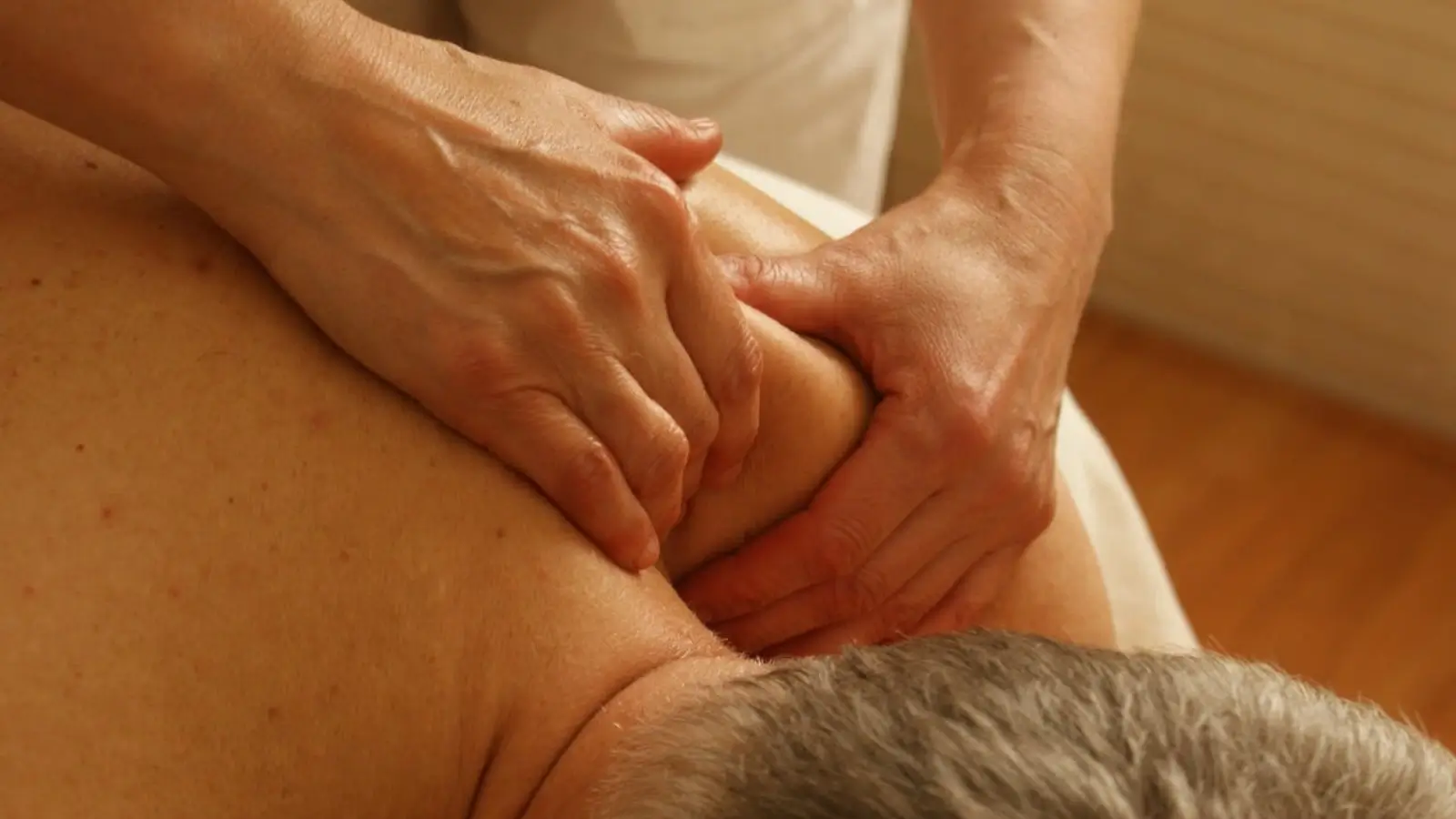


Sometimes, you don't pay attention to your body pain until it starts to get in the way. It's possible for pain to build up over time, whether you work out, sit at a job all day, or are recovering from an injury. You might wake up stiff or be sore by the end of the week.
To deal with that pain without using drugs or surgery, myotherapy is an option. If you want a hands-on process that heals your body instead of just covering up your problems, this therapy may be for you.
Myotherapy doesn’t just try to ease pain temporarily. It looks at what’s actually causing the issue.
A qualified myotherapist studies how your muscles, joints, and nerves work together. They check your movement, tension, and overworked body parts.
Then they use different hands-on techniques like deep tissue massage, dry needling, cupping, or stretching to loosen tight muscles and get things working properly again. It’s tailored to you—whether you’ve had an injury or you’ve just got ongoing pain that won’t go away.
If you want help that’s personal, Somerville Myotherapy is a solid choice. The team takes time to understand what’s going on in your body and puts together a treatment plan based on that. You won’t be handed a generic routine—they listen, they adjust, and they guide you through every step.
They use proven methods to help people with all sorts of pain—like tight necks from long hours at a computer or soreness after sports. Many people visit them not only for pain relief, but also to maintain their physical health over time.
This therapy works for many common complaints. You might find it helpful if you deal with things like:
It’s also beneficial for recovery after surgery or for staying flexible and mobile as you age. The treatment is gentle but effective, and you’ll likely notice a difference after just a few sessions.
On your first visit, the myotherapist will ask you about your health and how you live. They'll ask where it hurts, what you do, and what helps or worsens it. After that, they will test your muscles and watch how you move.
What you need determines how you are treated. Massages, dry needling, cupping, joint mobilisation, or easy movement exercises could all be part of it. You will also learn things you can do at home, like how to stretch, improve your posture, or use tools like foam rollers.
Many people experience more than just a reduction in pain. Some people say they sleep better, are more flexible, or can move around more easily. Also, others say they just feel calmer in general. If you train or play sports often, it can help you do better and heal faster.
Even if you're not in pain, it's beneficial to take care of your body in this way. Having regular meetings can keep things from getting tense and small problems from growing into big ones.
To sum up, you don't have to wait if pain is getting in the way of your daily life. Hands-on myotherapy is a natural way to ease pain and make your body move better. Not only does it cover up the pain, it fixes what's making it happen.